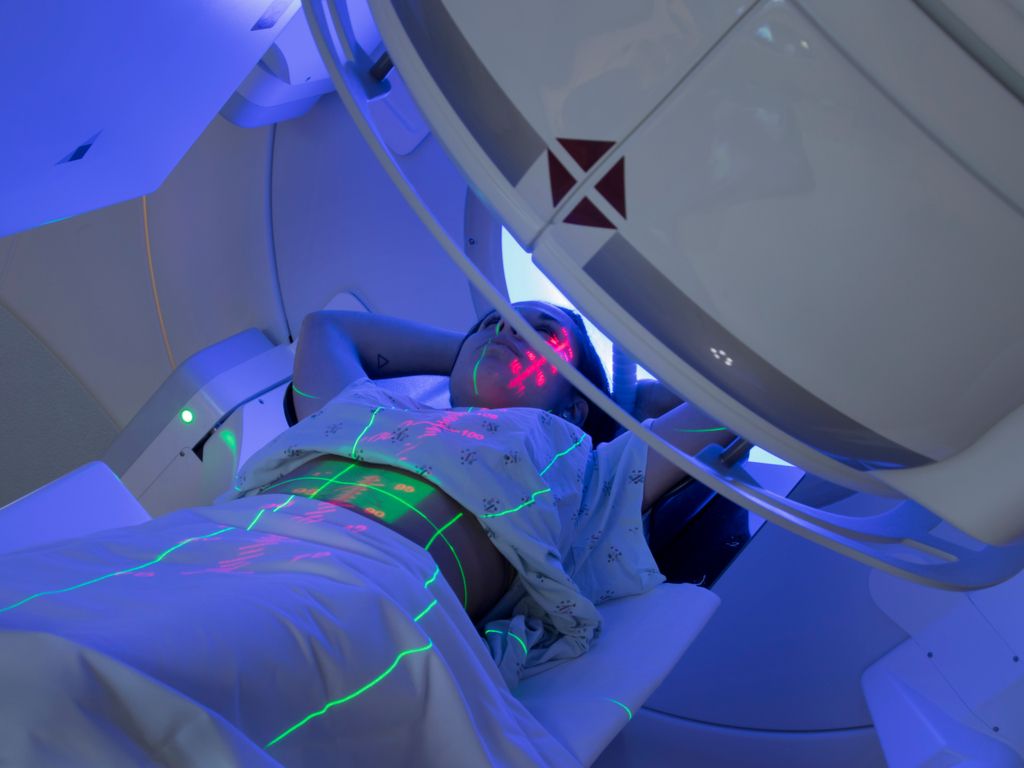Navjot Singh, President – Medical Imaging, Trivitron Healthcare Pvt Ltd
Medical radiation poses a threat to staff and patients involved in a medical treatment. The processes generally involve applying radiation such as X-rays, gamma rays, beta rays or injecting certain radioactive isotopes into the patient’s body. Sometimes the isotopes can be administered orally to treat diseases like cancer or to take imaging studies.
The result of a human body being exposed to radiation is the death of cells or the development of malignant cells or mutation. When cells die, this can be harmful to the tissues and organs. If the cell’s DNA is damaged it could become cancerous. If the damage to the DNA is in a sperm or egg it could cause genetic mutation in the off-springs.
Hospitals ensure that the rooms where radiological exams are conducted with the use of X-rays, CT scans and angiograms all have a sign that says either “Radiation Zone” or “Caution – Radiation.”
Human exposure to radiation also comes from human-made sources ranging from nuclear power generation to medical uses of radiation for diagnosis or treatment. Today, the most common human-made sources of ionizing radiation are medical devices, including X-ray machines.
Factors to minimize radiation dose to patients and staff
Time: – Minimising the duration you are in contact with radiation it can be achieved by using fast screen-film combinations. Some other tips would be to follow optimal processing of film and the use of automatic exposure timers also limiting the field size to the area of interest alone.
Distance: – operator should maintain maximum distance from radiation source so as to minimise harmful effect of radiation.
In order to reduce unnecessary radiation dosage to patients, an optimal image quality with the highest possible kVp for anatomical visualization should be obtained for the examination. If soft tissues have to be visualized then low kV technique should be followed.
If a pregnant woman has to go through an X-ray examination, it should be postponed until after delivery of the baby. If the examination dose must surely be carried out immediately then the dose of radiation must be kept at a minimum, without compromising the patient’s treatment.
Protection: – Protective devices and radiation protection apparels should be used by everyone who is exposed to ionizing radiation.
Some beam-restricting devices can be used for radiation protection. If thick parts of the body are being examined then it is essential to minimize the scattered radiation to improve overall image quality.
Several products can help in Radiation Protection and Kiran, a division of Trivitron provides these essentials, such as:
Radiation Protection Apparels and Shields:- Radiation protection apparels are commonly used to protect medical professionals and patients, from direct and secondary radiation during diagnostic imaging in hospitals, general clinics and dental clinics. Historically, the attenuating qualities of lead made it the element of first choice for radiation protection, however, advances in radiation protection technology and subsequent innovation has led to the use of alternative and safer lead free materials rendering them eco-friendliness and ease of disposing.
Radiation Protection Apparel: Radiation protection apparel include a wide range of cover-ups that provide protection to the body. The portfolio of Kiran is made from proprietary materials, each designed for specialized purposes these include aprons for children, coat aprons and specialized aprons for C-arm, patient aprons and other. Kiran’s radiation protection apparel are most suitable for interventional radiology and cardiology procedures, CT labs, surgery and general radiology.
Kiran’s wide range of Radiation Protection Apparels and Shields provides complete protection to sensitive parts of the human body from scattered radiations. Available in a number of variants, these include CT breast shield, CT eye shield, CT paediatric shield, CT thyroid shield and radiation protection shield for gonads, ovaries and head.
Kiran’s radiation protection apparel range comprises of highly efficient radiation protection aprons, skirt vests and dental aprons for healthcare practitioners, laboratory staff and patients to offer complete protection against unwanted radiation exposure.
Radiation Protection Eyewear: Being one of the most sensitive organs of the body, eyes too need protection from radiation exposure. Interventional radiologists, cardiologist and radiology lab personnel can develop pre-cataract lesions in the absence of radiation protection eyewear. Kiran offers a range of light weight and stylish radiation protection eyewear that absorbs 99% radiations reaching the eye. Further to this, Kiran’s radiation protection glasses comes with moulded frame that gives it a comfortable feel for longer duration.
Radiation Protection Gloves: Radiation protection gloves are used to prevent the risk of radiation exposure to hands during fluoroscopy, cardiac cath lab and electrophysiology lab procedures. During these procedures, every time an image is captured, the x-ray travels across the body making contact with internal structures. Multiple images are to be taken for the success of these procedures. However, the negative effects of the scatter beam radiation exposure to the healthcare practitioners can be offset by use of radiation protection gloves.
Kiran gloves are lead free and can be easily disposed in an eco-friendly manner. Radiation protection gloves from Kiran also provides the highest possible protection.
With such precautions use of radiation protection apparel and devices and could reduce the risk of unnecessary and fatal harm to the patients and the staff involved in radiation procedures.

